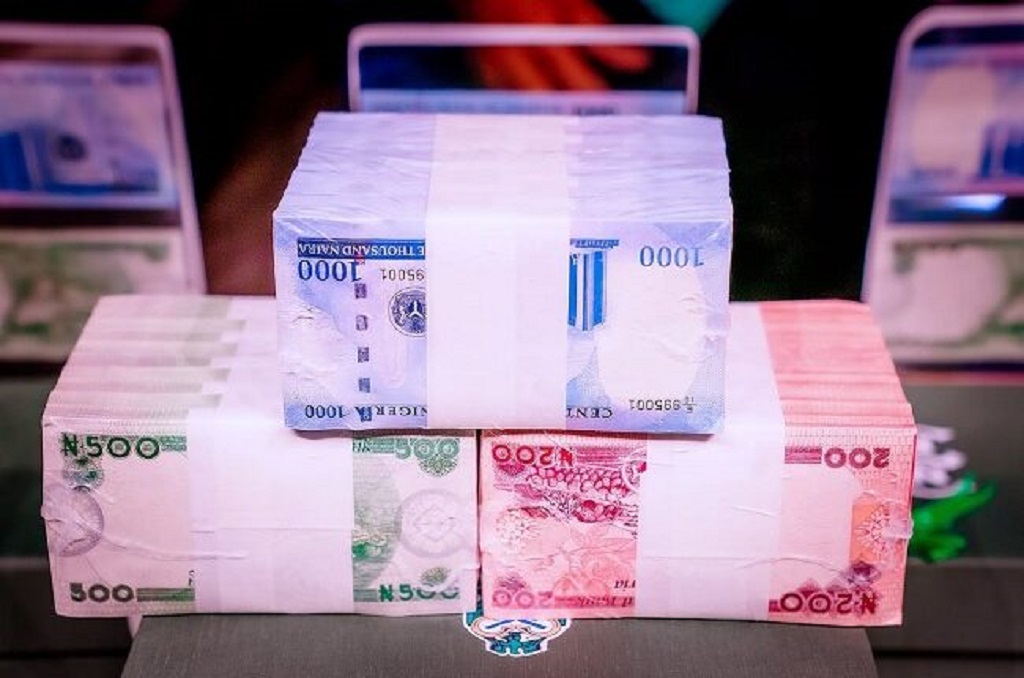To ensure that commercial banks follow the directive to load the newly designed naira notes in their automated teller machines, the Central Bank of Nigeria will be keeping an eye on them.
This was announced on Monday in Abuja at a training session for state directors of the National Orientation Agency by Ahmed Umar, director of currency operations for the Central Bank of Nigeria.
According to Umar, the CBN was instructed to carry out the deadline withdrawal of the circulating old naira notes by January 31.
“We want to use this training session to spread the word that the CBN has enough cash to circulate among the populace.
“We, the CBN management, have ordered banks to stop using outdated currency in their ATMs. Only the new notes should be inserted.
“And there is serialization of the policy that they can put either N500, N1000, or N200 notes into their machines, regardless of the denomination they have or the combination of any of these notes.
The apex bank director stated, “We are going to monitor to make sure that the banks comply and if they don’t, we have penalty for non compliance.”
He claimed that changing the design of a currency note takes several years in many nations.
“In our case, we essentially had the same note design for more than 20 years.
“Over that time, what it did to us was open up a way for some people to learn how to master note forgery.
“In our situation, we have at least 17 years or more before we can redesign our currency.
“If you notice, we took 17 years to redesign the N1,000 note, which was first introduced in 2005. After 21 and 22 years, respectively, N500 and N200 notes underwent redesigns.
Therefore, if currency notes are kept in the system for an extended period of time, there is a tendency for counterfeiters to put a lot of effort into creating the same notes.
Therefore, it is necessary to regularly change our notes.
He claimed that another reason for the redesign was that the majority of counterfeit notes, or N500 and N1,000, are these two denominations.
The effort required to counterfeit N1,000 is equivalent to that required to counterfeit N5, according to straightforward logic.
“So why would they waste their time working on something so small? Because of its high value, they frequently target higher denomination notes, particularly N1,000 notes, he claimed.
Therefore, if currency notes are kept in the system for an extended period of time, there is a tendency for counterfeiters to put a lot of effort into creating the same notes.
Therefore, it is necessary to regularly change our notes.
He claimed that another reason for the redesign was that the majority of counterfeit notes, or N500 and N1,000, are these two denominations.
The effort required to counterfeit N1,000 is equivalent to that required to counterfeit N5, according to straightforward logic.
“So why would they waste their time working on something so small? Because of its high value, they frequently target higher denomination notes, particularly N1,000 notes, he claimed.



